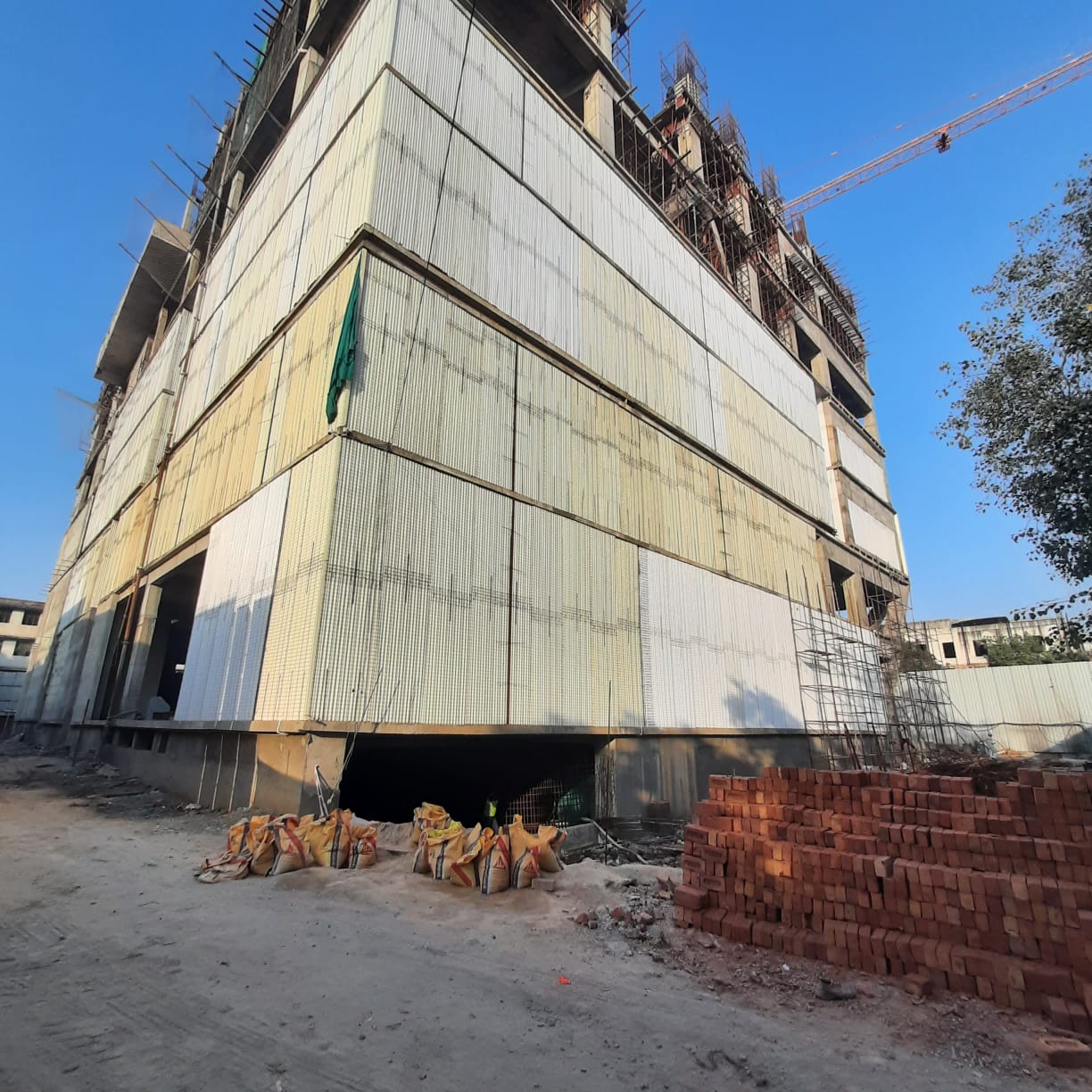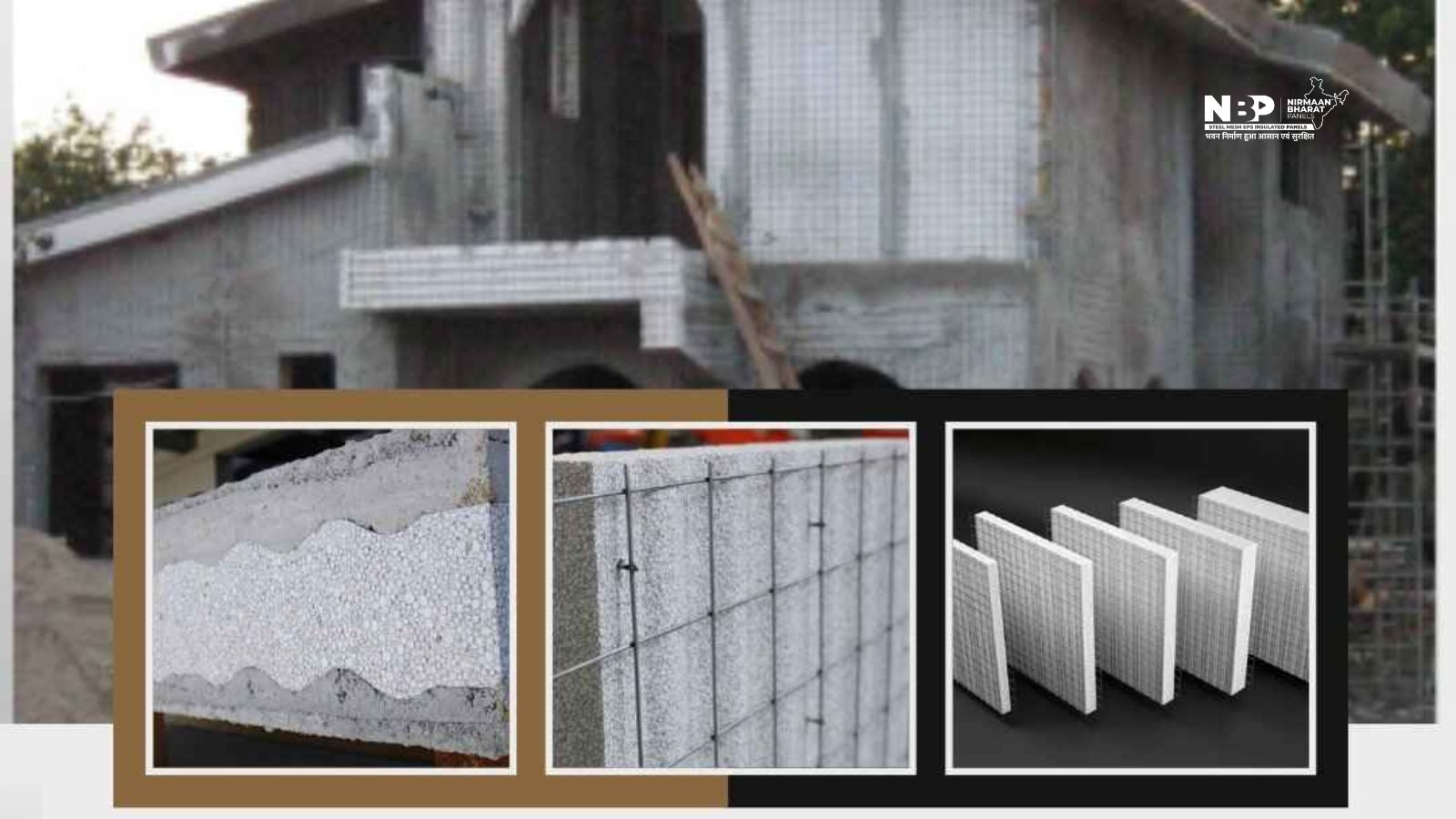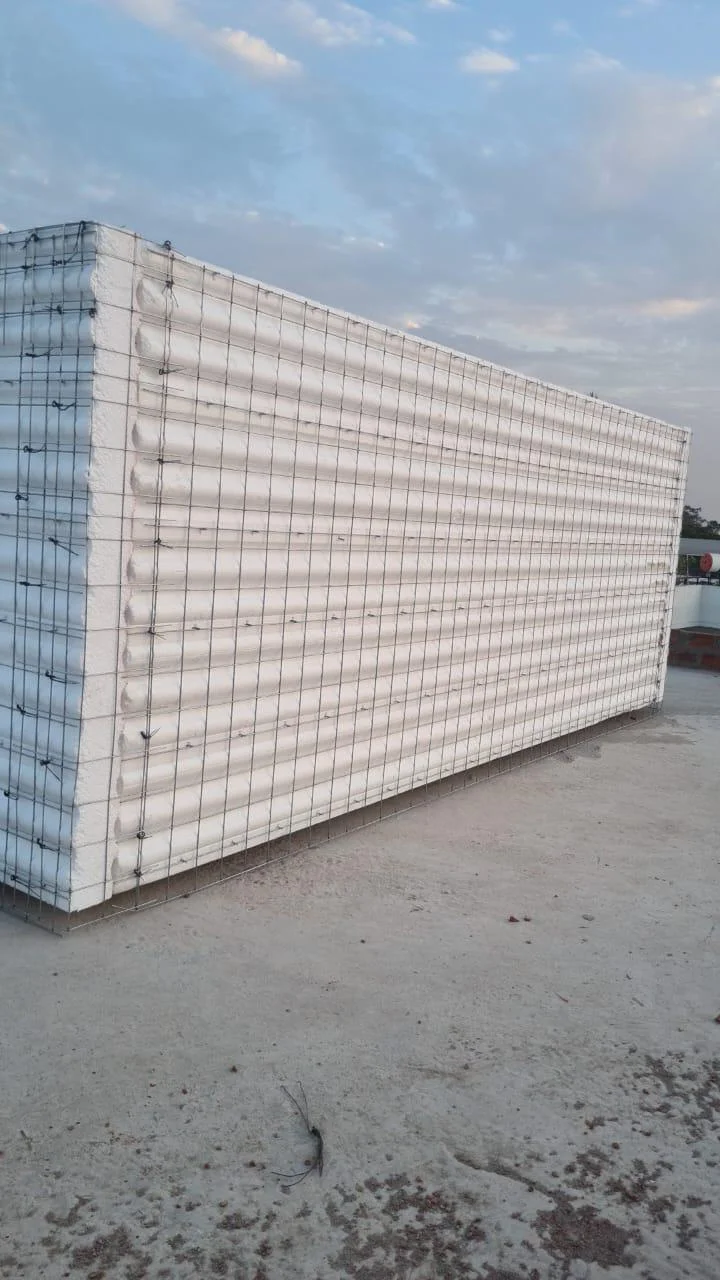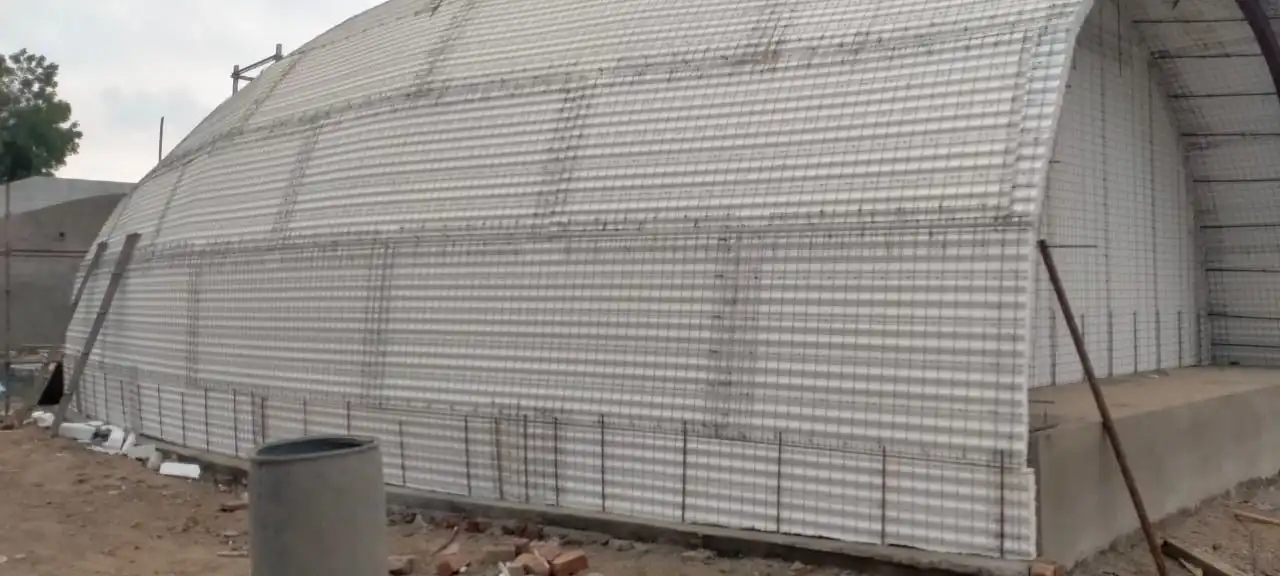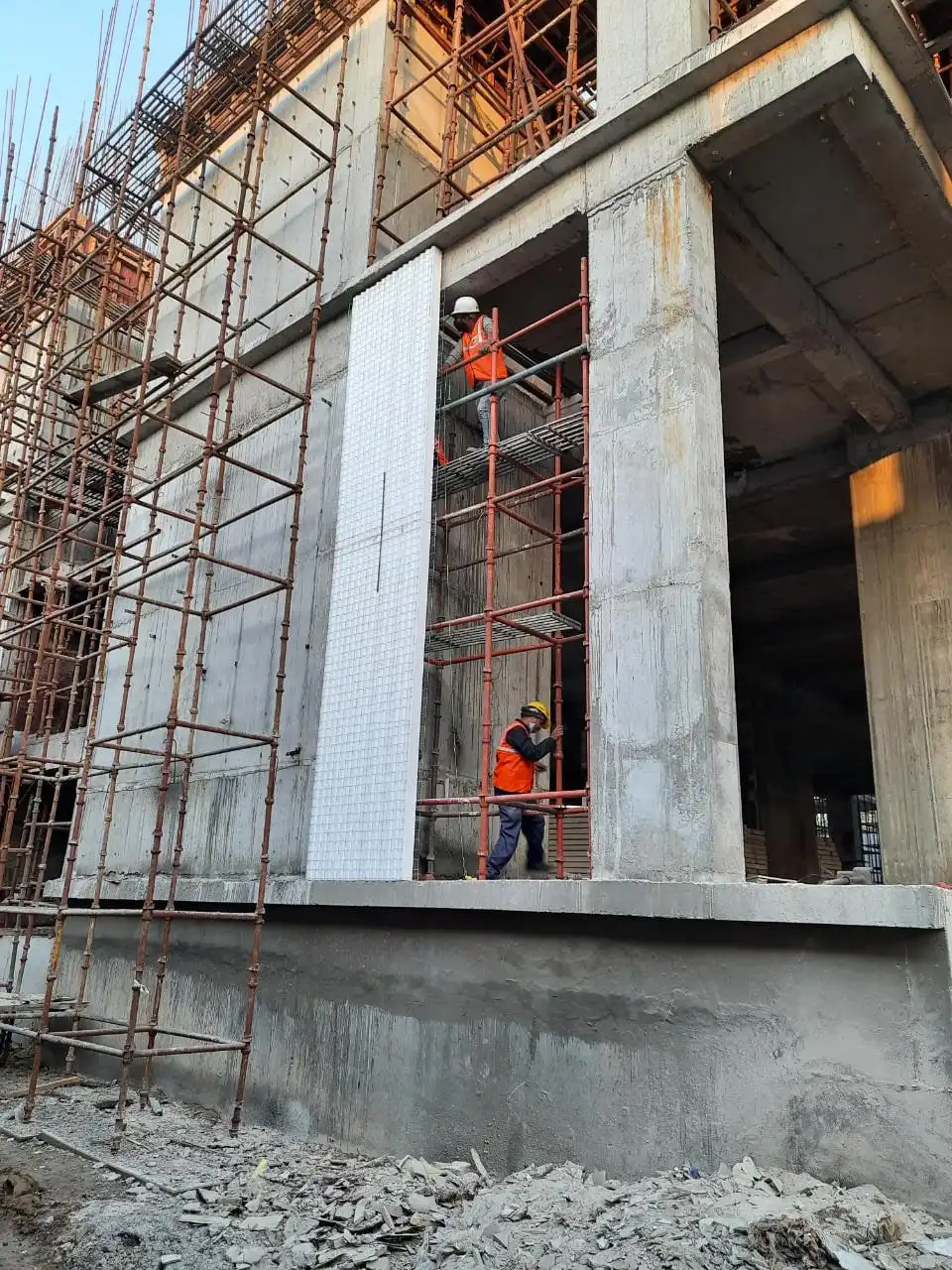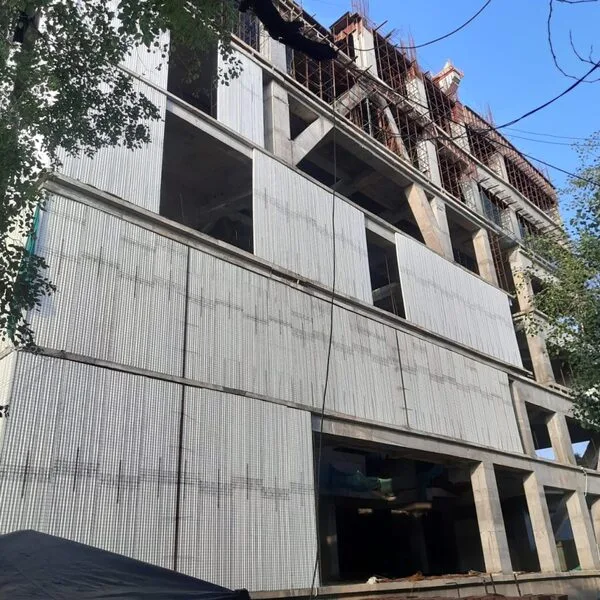In the pursuit of sustainable and eco-friendly building practices, architects, builders, and homeowners are increasingly turning to innovative solutions that minimize environmental impact. One such solution gaining popularity is the use of Expanded Polystyrene (EPS) panels in construction. These lightweight and versatile panels offer a range of environmental benefits that make them a compelling choice for green building projects.
Table of Contents
ToggleEnergy Efficiency and Insulation:
EPS panels are renowned for their exceptional thermal insulation properties. By incorporating these panels into building envelopes, architects can significantly reduce the overall energy consumption of a structure. The insulation provided by EPS panels helps maintain a stable indoor temperature, reducing the need for constant heating or cooling. This not only contributes to lower energy bills but also minimizes the carbon footprint associated with energy production.
Reduced Carbon Emissions:
The production of EPS panels involves fewer greenhouse gas emissions compared to traditional building materials. EPS is created through a molding process that utilizes steam, resulting in lower energy consumption and reduced emissions. Furthermore, the lightweight nature of EPS panels means that transportation requires less fuel, further lowering the carbon footprint associated with their distribution.
Recyclability and Sustainability:
One of the standout features of EPS panels is their recyclability. Unlike some other insulation materials, EPS can be recycled into new products, reducing the demand for raw materials and decreasing waste in landfills. Choosing EPS panels contributes to a circular economy, where materials are reused and repurposed, lessening the environmental impact of construction projects.
Durability and Longevity:
Buildings constructed with EPS panels are known for their durability and longevity. The inherent properties of EPS make it resistant to moisture, mold, and pests, ensuring that the building structure remains intact over time. The longer a building lasts, the fewer resources are required for maintenance and repairs, ultimately promoting sustainability.
Lightweight Construction:
The lightweight nature of EPS panels makes them an ideal choice for construction projects. The reduced weight translates to lower structural demands and, consequently, a smaller environmental footprint. This characteristic is especially beneficial in retrofitting existing structures, as the lightweight panels can be added without compromising the integrity of the original building.
Minimal Environmental Impact:
In comparison to traditional building materials like concrete or brick, the production of EPS panels has a minimal impact on natural resources. The extraction and manufacturing processes for these materials often result in habitat destruction and increased carbon emissions. EPS panels, on the other hand, are produced with minimal environmental disturbance, aligning with the principles of sustainable and responsible construction.
Conclusion:
As the construction industry continues to evolve towards more environmentally conscious practices, the use of EPS panels emerges as a compelling solution for green building projects. From energy efficiency and reduced carbon emissions to recyclability and minimal environmental impact, the benefits of incorporating EPS panels are multifaceted. By choosing this innovative building material, architects and builders can contribute to a more sustainable future while creating structures that stand the test of time.


